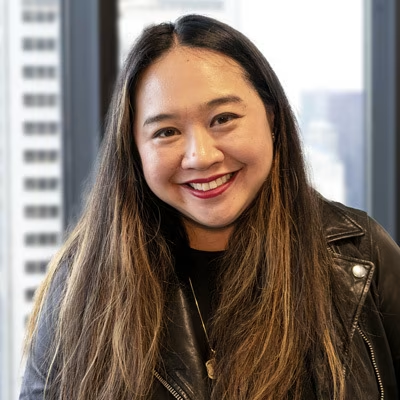
Preparing for PDGM: How digital forms and eSignature help in-home providers stay profitable
Learn how digital agreements and e-signature can help your organization meet the PDGM changes and protect cash flow by simplifying billing and operational processes.

By Christina Wong, Senior Product Marketing Manager, Docusign
The Center for Medicare and Medicaid Services (CMS) released a new payment model on January 1, 2020, the Patient-Driven Groupings Model, or PDGM, to streamline providers' reimbursement process and cut down on billing fraud. Improper billing totaled at least $3.2 billion in 2018 from in-home healthcare agencies, according to the federal government.
But the change introduces significant financial risks for home health and hospice providers.
In-home healthcare providers must act quickly to protect cash flow and meet new compliance regulations, while continuing to provide top-notch care and experiences to patients and staff. Learn how digital agreements and e-signature can help your organization meet the PDGM changes and protect cash flow by simplifying billing and operational processes.
PDGM changes patient onboarding and billing. Are you prepared?
The new PDGM rules cut the window that home health agencies (HHA) have to onboard new patients, provide care, and bill the government from 60 days to 30 days. As a result, HHAs will need to complete the same onerous process in half the time. But with digital agreements and e-signature, nurses and other staff can spend less time filling out paperwork or rekeying information—and more time providing care. PDGM won’t alter the process, but it will require providers to act quickly:
Obtain a physician’s signed order authorizing care: This signed form is required before an HHA can treat a new patient. But many agencies still mail or fax paper documents for physicians to sign. It’s a time-intensive exercise that frustrates physicians and prevents HHAs from onboarding new clients quickly.
HHA staff onboard the new patient: Next, HHA nurses visit the patient’s home to handle the complex onboarding process that’s rife with forms that must be prepared and signed. Paperwork with illegible or incorrect information complicates the process and forces nurses to manually rekey data back at the office. By digitizing these form packages, HHA providers save time and eliminate errors (and staff frustrations). Tidewell Hospice, a Florida-based non-profit hospice group, cut in-home onboarding time nearly in half and saved an estimated $120,000 in paper costs with the Docusign Agreement Cloud.
Submit forms to CMS for reimbursement: After providing care, HHAs must submit required forms and patient information to CMS within the new 30-day window to get reimbursed. Transitioning to digital forms simplifies the submission process for agency staff and patients. And tools like the Docusign Agreement Cloud adhere to HIPAA standards, enabling providers to securely store and verify patient data.
Hire and onboard HHA staff quickly by going digital
A reliance on paperwork and manual, tedious processes prevents your agency from serving new patients and getting paid, risks that will only increase after PDGM takes effect. But paperwork also hampers your staff’s experience and job satisfaction. After all, manual and paper-driven processes require nurses to take notes while onsite at the patient’s home and then rekey the information into a healthcare data management system. Digital forms and agreements alleviate these administrative burdens and allow nurses and staff to securely manage patient and compliance information, whether they’re onsite with a patient or back at the office.
What’s more, digital agreements give HHA providers a leg up in recruitment. That’s critical today as more Americans choose to “age in place,” and HHAs feel the pressure to hire sufficient staff to meet demand. In some states, staffing pressures are even more consequential. Legislation in New York, for example, would ban 24-hour workdays for in-home staff, limiting shifts to 12 hours. As a result, at-home care providers would have to hire additional staff to care for current patients. One cure? With digital onboarding, providers hire new staff quickly and retain experienced professionals while allowing everyone to spend more time serving patients.
To learn more about how PDGM will affect your organization—and how Docusign can help:
Register for our on-demand webinar about how Docusign helps “Accelerate Key Reimbursement and Onboarding Processes to Accelerate Productivity.”
Related posts
 Insights for LeadersUpdated Jan 23, 2025
Insights for LeadersUpdated Jan 23, 2025 Insights for LeadersUpdated Jan 14, 2025
Insights for LeadersUpdated Jan 14, 2025Streamlining the eWarrant Process from Start to Finish

2025 Agreement Tech Predictions for Legal

Streamlining the eWarrant Process from Start to Finish
Discover what's new with Docusign IAM or start with eSignature for free



